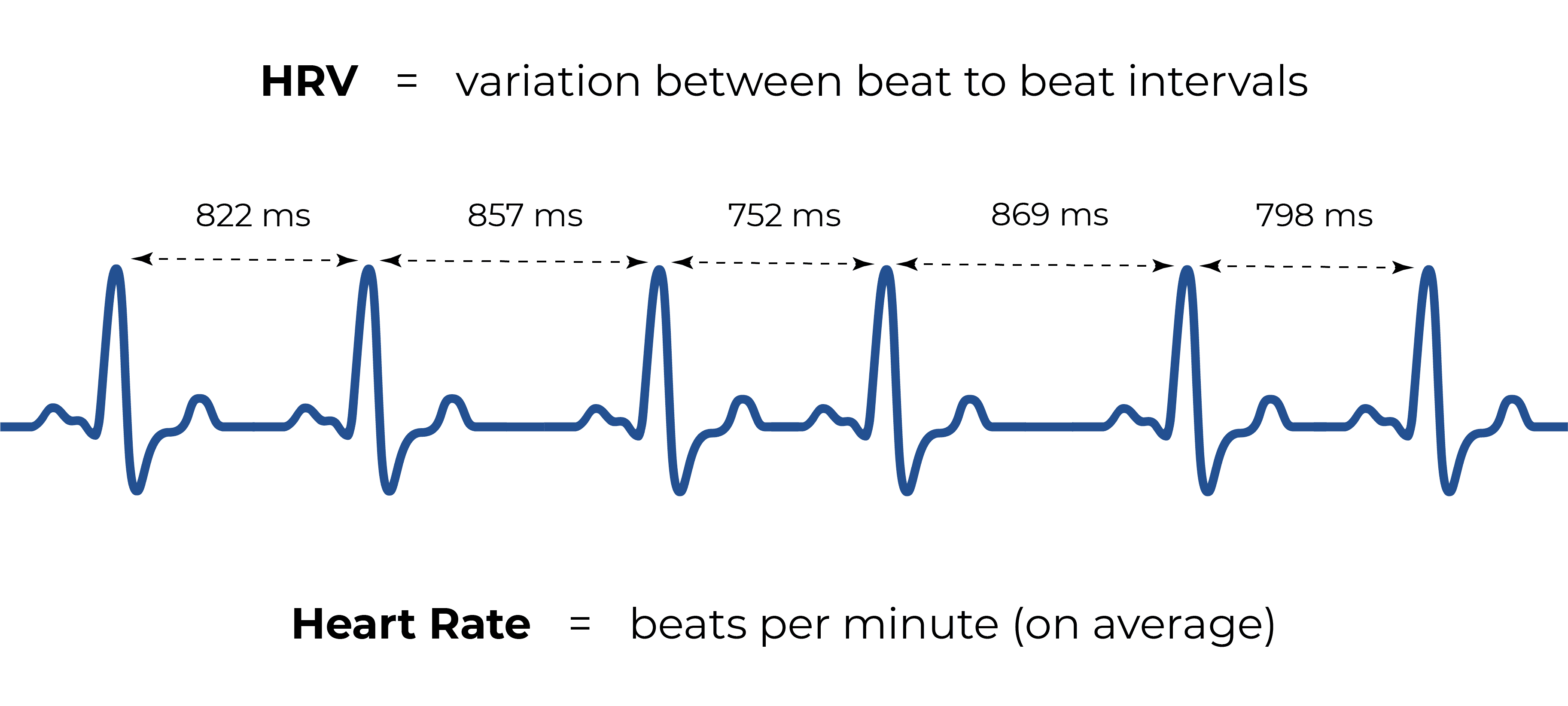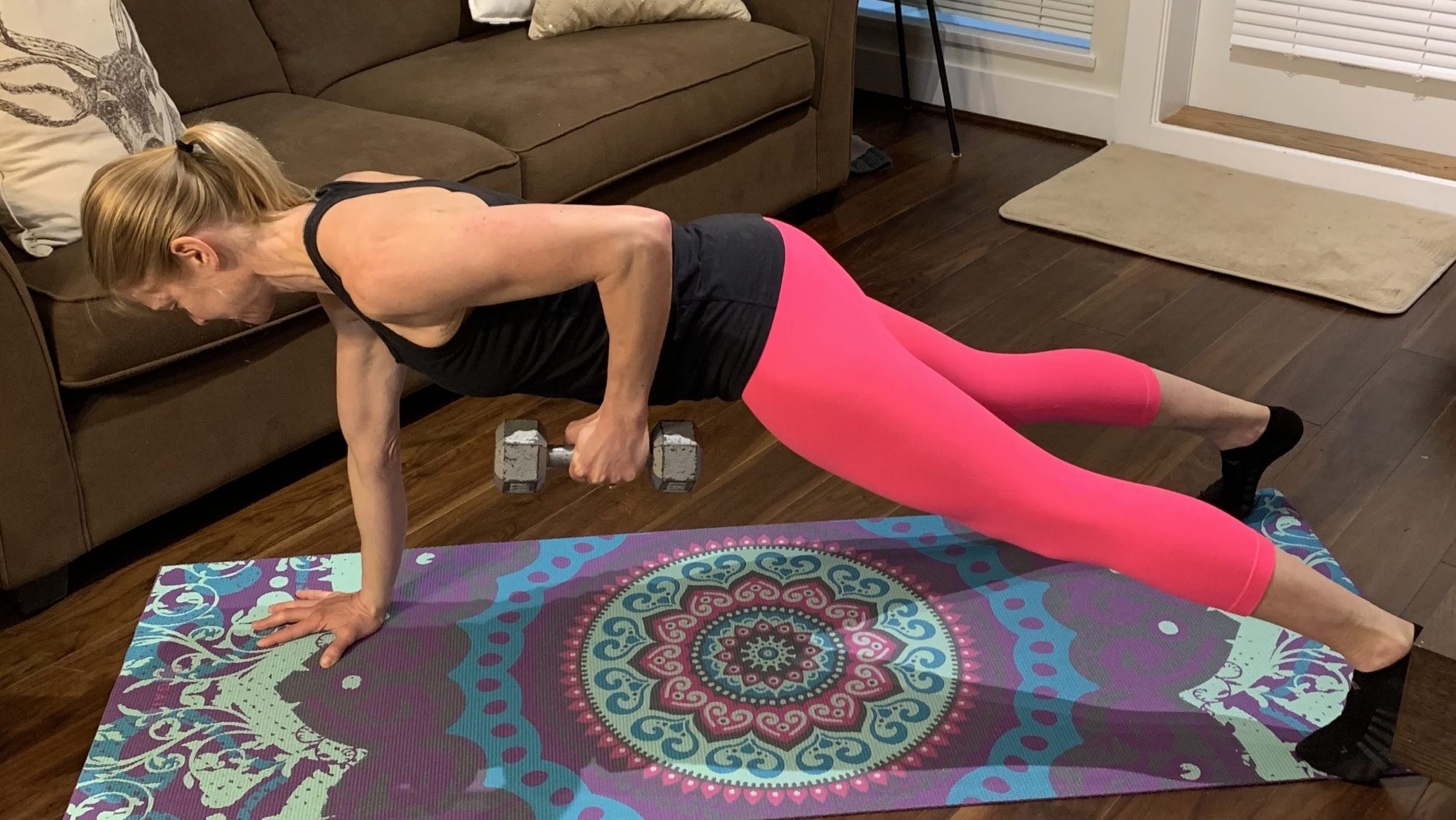Heart Rate Variability (HRV) is the time between heartbeats measured in milliseconds(ms). Contrary to what most believe, our hearts do not beat like a metronome, nor is it healthy if it does.
Our heart rate speeds up every time we inhale and slows down during exhalation, balancing the sympathetic and parasympathetic nervous systems. It also reacts to internal and external factors such as mood, temperature, exercise, an email from your boss, fighting an illness, or dealing with a chronic or acute injury.
A high HRV indicates that the body is recovered and prepared to tackle demanding physical and mental tasks.
A low HRV indicates that the body is in a high-stress mode and not as capable or prepared to complete demanding physical or mental tasks.
Why do we care?
By monitoring your HRV, you will know when you should train hard and when you should lay off. If your HRV is consistently low, you could attempt to lower it by adopting one or several habits listed below to help boost your recovery or take a few days off to rest before you get sick or injured. At the very least, your HRV will explain why you found your regular mountain climb so difficult when last week it felt like a breeze.
What can we do to help improve our HRV?
- Get quality sleep and enough of it
- Eat healthy and from a variety of food sources to ensure you are getting all the necessary vitamins and nutrients to repair your body and mind
- Train really hard only once or twice a week
- Take time every day to relax and wind down, both mentally and physically
- Find your own ways to reduce or manage mental stress (meditation, breathing work, taking a bath, walk in nature are a few good things to try)
- Understand that your body doesn’t differentiate between mental or physical stress
- Take a rest day every 7 days and a recovery week every 2 to 3 weeks to give your body time to recover from the continued training
How do you measure your HRV?
You can measure your HRV every day with an apple watch for free. If you don’t have an apple watch, you can connect your Garmin heart rate strap to an app or use your smartphone’s camera to capture a moment in your day.
Here are a few of the more popular apps to try:
Welltory
Free for basic analytics
https://welltory.com/heart-rate-variability/
HRV4training
$14 and used by many athletes and coaches
https://www.hrv4training.com/quickstart-guide.html
Elite
This one I haven’t done much research on but has good reviews




